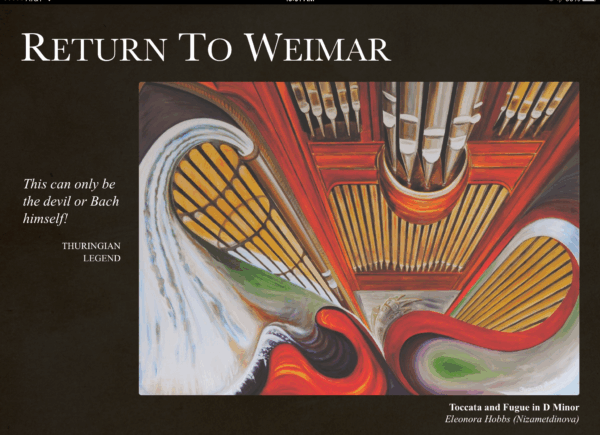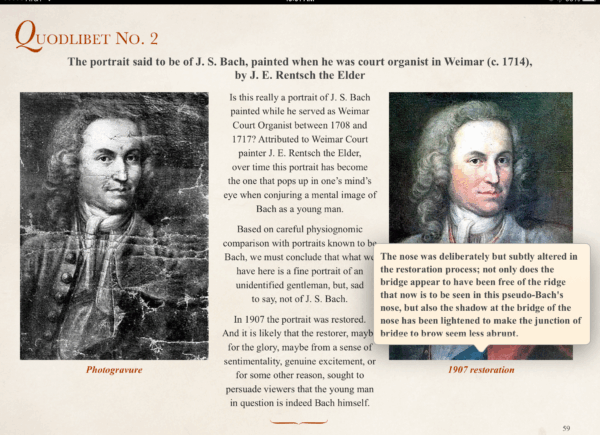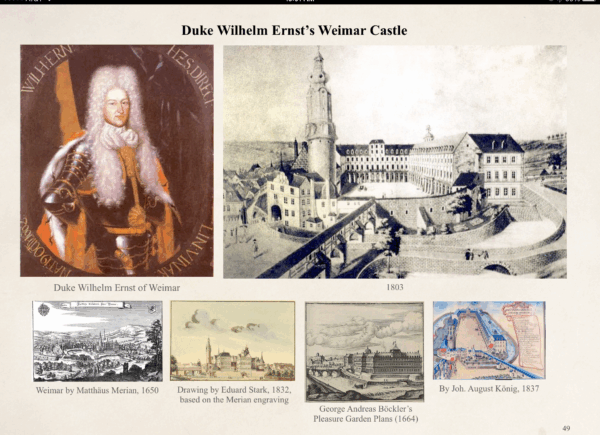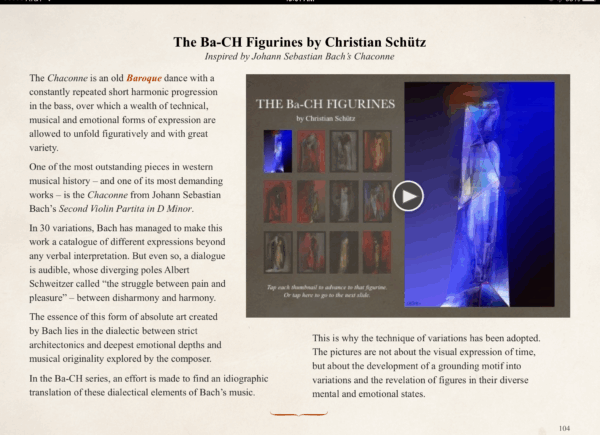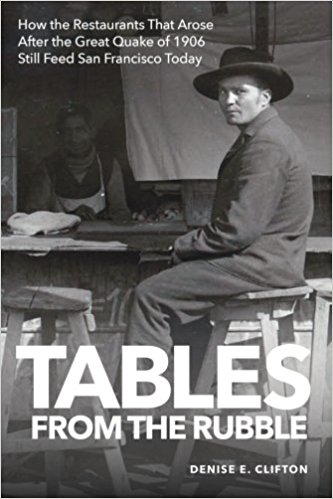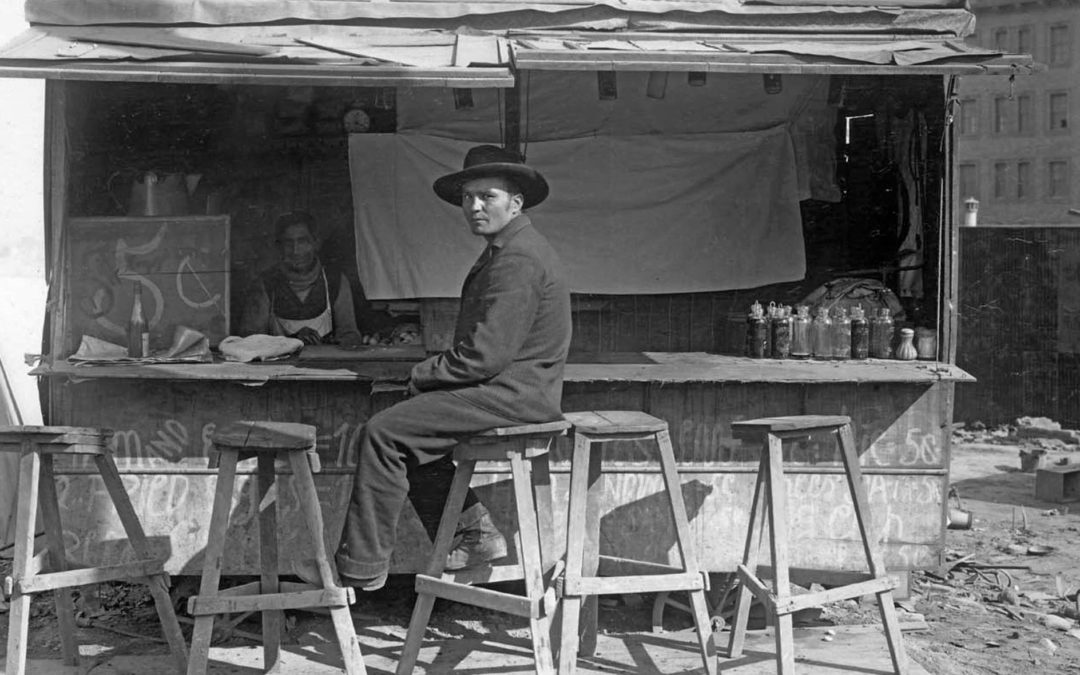
TABLES FROM THE RUBBLE transports readers to San Francisco in the years just after the Great Quake of 1906. Amid the ruins of a crumbled city, restaurants rose to feed the hungry and lead the recovery. Today a handful of the restaurants that opened in those years remain in San Francisco, serving customers in many of the same spaces they first opened – offering food, drinks and stories with a direct link to a century-old past.
Featured restaurants include family-run establishments like Swan Oyster Depot, serving fresh seafood on the west side of Nob Hill since 1912; Liguria Bakery in North Beach, where the Soraccos have baked Italian bread since 1911; and Sam Wo in Chinatown, where the community rallied around the century-old restaurant to help it reopen after a closure that lasted for more than three years. Sam Wo reopened in a new space in Chinatown in October 2015, retaining much of the menu that diners have enjoyed for decades.
Also featured are the glamorous Palace Hotel, which reopened in 1909; the House of Shields bar across the street, a favorite South of Market destination since about 1912; the Comstock Saloon, which started out as a hangout for the boxing crowd; John’s Grill, which lays claim to being the first restaurant to open downtown after the quake; Schroeder’s, a German stalwart of the Financial District and one of the leaders of the downtown recovery; and many, many more.
TABLES FROM THE RUBBLE is available in both paperback and multimedia editions. In the multimedia edition, the restaurants’ stories are presented in an exciting format designed for the rich displays of Mac and iOS systems, featuring photos, videos, recipes, historic menus and an interactive historic map. Explore old San Francisco in a revolutionary new way.
A FEW SAMPLE PAGES FROM THE MULTIMEDIA EDITION:
A bit more about some of the multimedia edition’s unique features:
VIDEOS: Geri Migielicz, executive editor of multimedia production company Story4, went behind the scenes to shoot videos for the multimedia edition of TABLES FROM THE RUBBLE at Swan Oyster Depot, Liguria Bakery, Sam Wo and the House of Shields. Geri also teaches multimedia at Stanford University, and at Story4, she is working on her first full-length documentary feature: The Cannon and the Flower. For more on Geri’s work and Story4 projects, see www.story4.org.
PHOTOGRAPHS: Dozens of historic photographs are included in TABLES FROM THE RUBBLE with permission from the California State Library, the California Historical Society, The Bancroft Library at University of California-Berkeley, the Chinese Historical Society of America, the San Francisco History Center at the San Francisco Public Library, the Library of Congress, U.S. Geological Survey, and the owners of the featured restaurants. In addition, dozens of new photographs accompany the restaurants’ stories. All photographs in the book can be viewed either next to the text or full-screen.
INTERACTIVE MAP: Readers of TABLES FROM THE RUBBLE can zoom in and explore a 1907 U.S. Geological Survey map that charts the post-earthquake damage in San Francisco. It shows the locations of the featured restaurants in the context of their neighborhoods.
Photo courtesy of the California History Room, California State Library, Sacramento, Calif.
Note: Parts of TABLES FROM THE RUBBLE first appeared as a freelance story in The Seattle Times’ NWTraveler section. Read that story here on seattletimes.com.
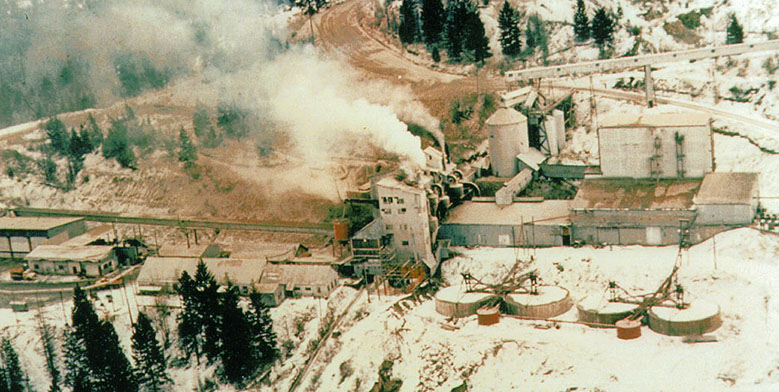
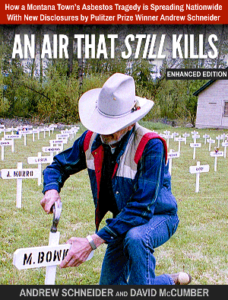 Design and publishing consulting by Tandemvines Media
Design and publishing consulting by Tandemvines Media
In 2004, authors Andrew Schneider and David McCumber told the world that a vermiculite mine near Libby, Montana, was producing asbestos-tainted ore that was poisoning townspeople and placing millions more at risk as the ore was shipped throughout the U.S. and Canada. Twelve years later, despite a decade of government cleanup, the risk that lurks in up to 50 million homes and scores of neighborhoods across the country has escalated. New research, disclosed for the first time in this update to “An Air That Kills,” shows that the lethal mineral pulled from the W.R. Grace mine in Libby destroys lives far faster and in far more ways than anyone had previously imagined.
AN AIR THAT STILL KILLS is a haunting, meticulously reported account that will introduce you to the courageous miner’s daughter and the cowboy crooner who took on Grace – one of the nation’s most powerful chemical companies – and forced the government to acknowledge it had concealed the enormous danger their town faced.
After a $500 million cleanup led by dedicated emergency responders who had to fight their own government for time and money, the Montana town south of the Canadian border has been declared “safe enough to live in’’ by the EPA.
But the front-line federal health assessment teams, toxicologists and physicians who fought EPA headquarters, Congress and the White House to complete the job now find themselves again risking their careers. As with the lead-tainted water in Flint, Mich., EPA leaders refuse to sound the alarm about the deadly dangers that hide in as many as 50 million structures insulated with vermiculite from Libby.
Schneider has added 37,000 words with distressing new findings, including:
- Libby asbestos is so highly toxic that it can be lethal at exposure levels thousands of times lower than previously known.
- It is suspected of causing autoimmune diseases, as well as cancer and asbestosis.
- No government regulators are tallying the deaths from Libby asbestos.
- Even if they wanted to quantify the death rate, many physicians lack the equipment and expertise to accurately spot or diagnose the damage caused by asbestos.
The multimedia iBook edition of AN AIR THAT STILL KILLS includes video, audio and dozens of photos documenting the mine’s impact on Libby and its people, along with source documents behind the reporting. The iBook was honored as “iBook of the Year” for 2016 by the iBooks Author Conference. A Kindle edition and a 590-page printed edition are also available. All editions take readers day-by-day through the high-stakes, 10-week criminal trial that pitted the United States v. W.R. Grace.
A FEW SAMPLE PAGES FROM THE iBOOK
Of the first 26 chapters, which appeared in the original book AN AIR THAT KILLS, The Washington Post wrote in 2004: “It is the stuff of opera, a tragic tale of greed, betrayal and corruption finally revealed – if not entirely righted – by courage and perseverance. … It is easy enough to be scandalized by this story and still assume that it is someone else’s problem. But as Schneider and McCumber remind readers, attics across America are still filled with this insulation.”
The greed, power and politics that claimed so many lives will make you furious. The stories of tireless perseverance against all odds will astonish you. And the ongoing risk of a horrifying death faced by millions should make you mad as hell.
The book is available in three formats:
A visually rich iBook, available on the iBooks Store.
In a 582-page print edition, available on Amazon.
In an ebook optimized for Kindle, available on Amazon.
More on AN AIR THAT STILL KILLS on the book’s website.
All three book formats and website designed by Tandemvines Media.
Photograph above: Grace’s mine and vermiculite processing plant spewed 5,000 pounds of asbestos fibers each day over Libby and the surrounding countryside. (McGarvey, Heberling, Sullivan & McGarvey)

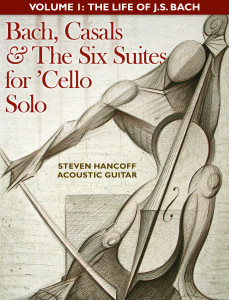 Design and publishing consulting by Tandemvines Media
Design and publishing consulting by Tandemvines Media
BACH, CASALS & THE SIX SUITES FOR ‘CELLO SOLO invites readers and music lovers into a unique experience, contained in an immersive four-volume interactive book from Steven Hancoff – a virtuoso musician’s restless, passionate, multimedia exploration of a musical masterpiece that only grows in stature almost three centuries after it was written.
BACH, CASALS was published in June 2015 exclusively on iBooks. On the same date, Hancoff’s audio recording of his transcription of the Cello Suites are available as a 3-CD set on iTunes and CD Baby.
Inspired by the Spanish cellist Pablo Casals and his advocacy of Bach’s six Cello Suites, guitarist Steven Hancoff began by transcribing for guitar each of the Suites – a first for acoustic guitar. His passion for the music and what it means led him to present his recordings of the transcriptions in a unique context, as a multimedia e-book.
BACH, CASALS & THE SIX SUITES FOR ‘CELLO SOLO is designed to be an adventure for anyone fascinated by the enduring power of music, art and why they matter. “Early on, it dawned on me that familiarizing myself with the life of this man might deepen my understanding of who he was,” Hancoff writes of Bach, “and that understanding would serve me to better organize the music. So, I began to read biographies. And the more I read, the more I wrote. This man, ‘the miracle of Bach,’ as Pablo Casals once put it, led a life of unfathomable creativity and giftedness on the one hand and neglect and immense tragedy on the other.”
A FEW SAMPLE PAGES
“Bach, Casals and the Six Suites for ’Cello Solo” unfolds as a multi-dimensional saga, a lively history as well as an artist’s reflection on Bach’s Cello Suites and on Casals’ lifelong devotion to them and to Bach’s personal journey from tragedy to transcendence. Supported by the music itself, the e-book includes 25 original videos, hundreds of historical illustrations, and a wealth of fascinating anecdotes.
Not only that, but more than 200 contemporary artists have contributed hundreds of works of contemporary art inspired by J. S. Bach and Pablo Casals. Together, these elements illuminate why the experience of this music is so enduring, important and inexhaustible – and why Bach’s journey matters so much.
The Bach Cello Suites, composed in 1720, were all but forgotten when 13-year-old Pablo Casals discovered a yellowed, crumbling edition of them in a thrift shop in his native Barcelona in 1889 – the same day he received his first full-size cello. He practiced and studied the Cello Suites for 12 years before he summoned the courage, as he put it, to perform them publicly. They became part of his artistic identity throughout a storied career, in which he established these works as pillars of the cello repertoire. In 1939, Casals became the first cellist to complete an audio recording of all six suites.
“So, for about 200 years they lay dormant,” Hancoff says of the Cello Suites, “and by sheer dumb luck, or for the more metaphysically inclined by some other hidden force, it turned out to be Pablo Casals of all people who found them, and brought them to light. To me, this is far and away the most serendipitous saga in the history of the arts, or even of Western culture itself.”
Buy the book on the iBooks Store.
More about the project on SteveHancoff.com


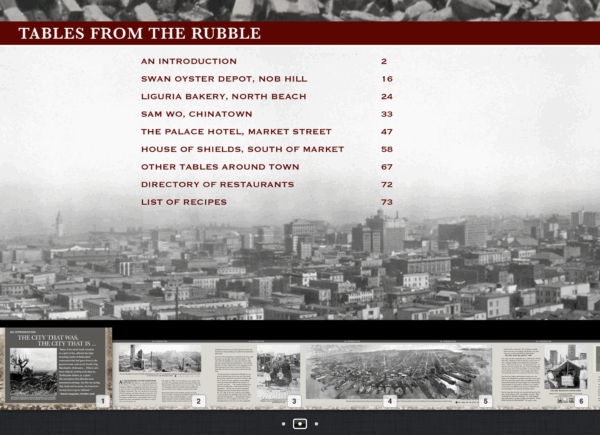
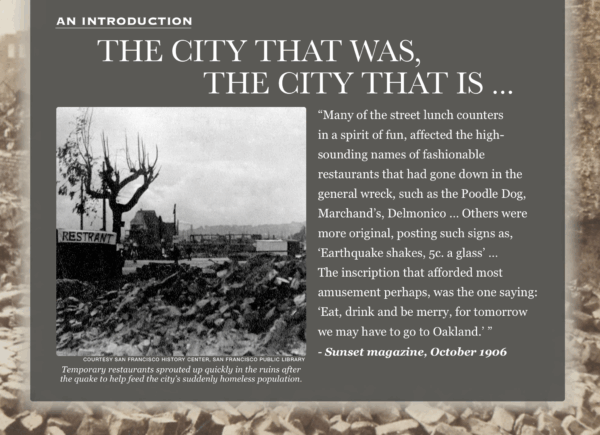
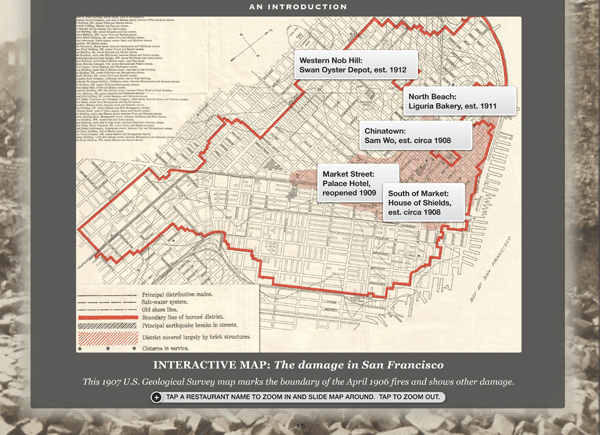
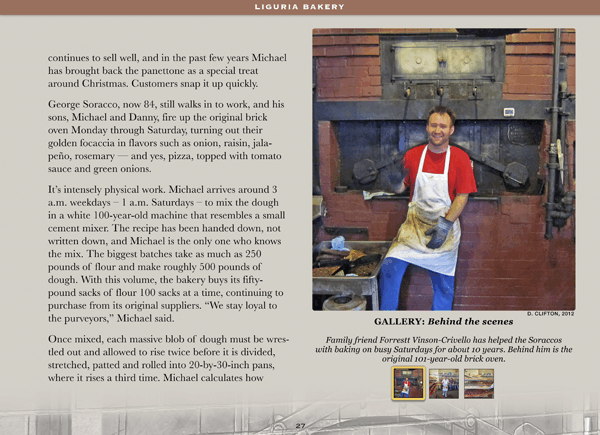
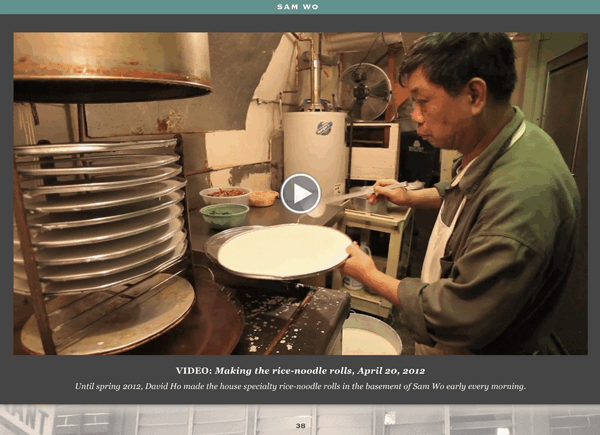
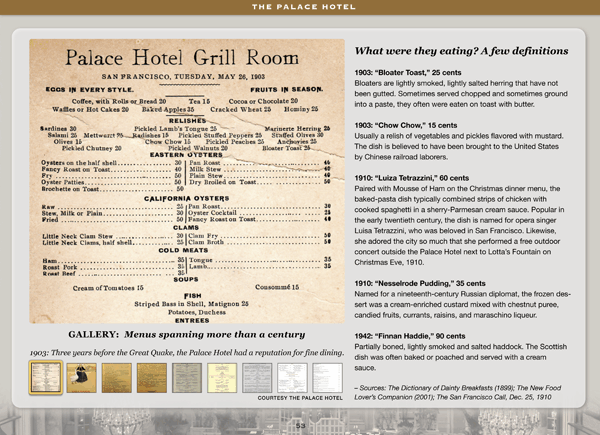
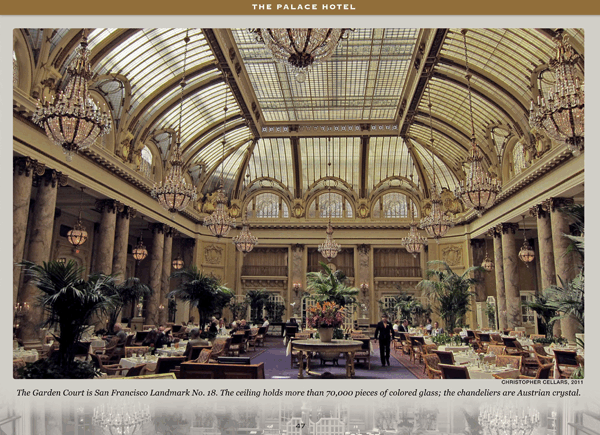


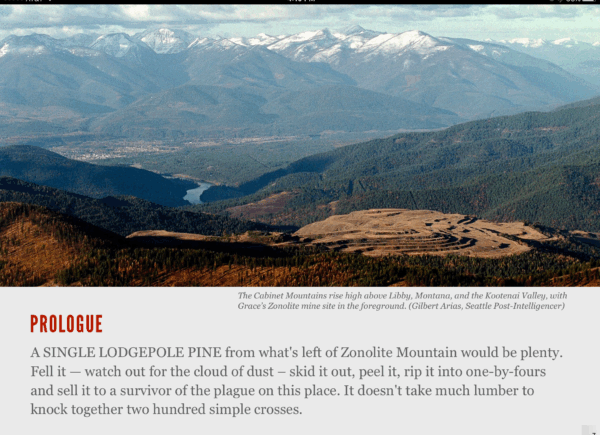
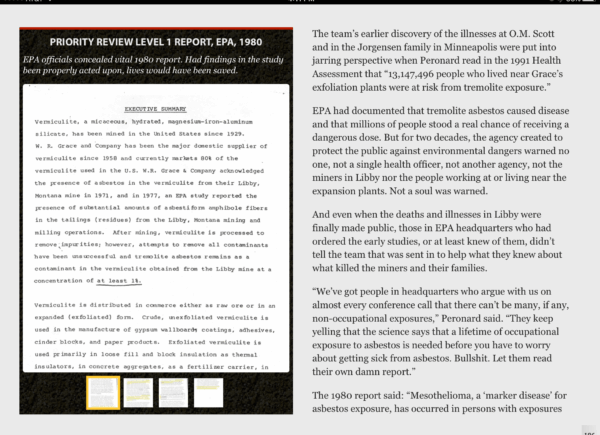
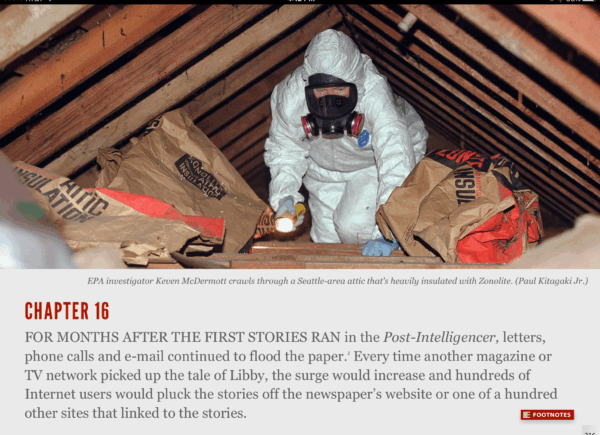
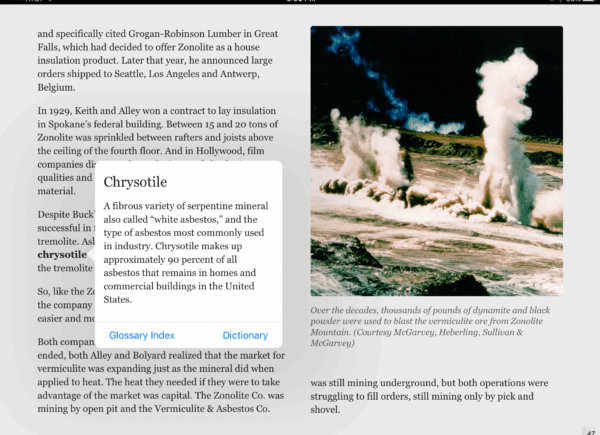
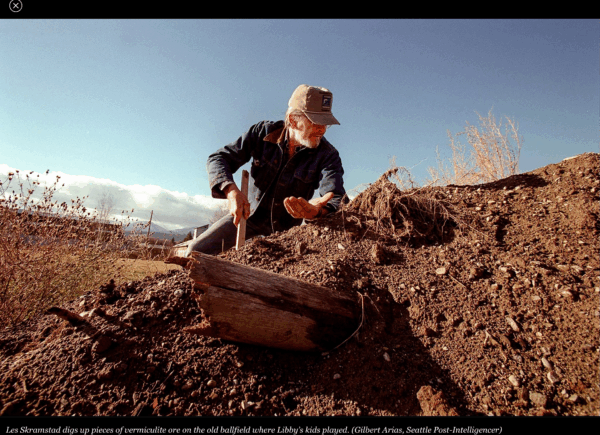

 Design and publishing consulting by Tandemvines Media
Design and publishing consulting by Tandemvines Media